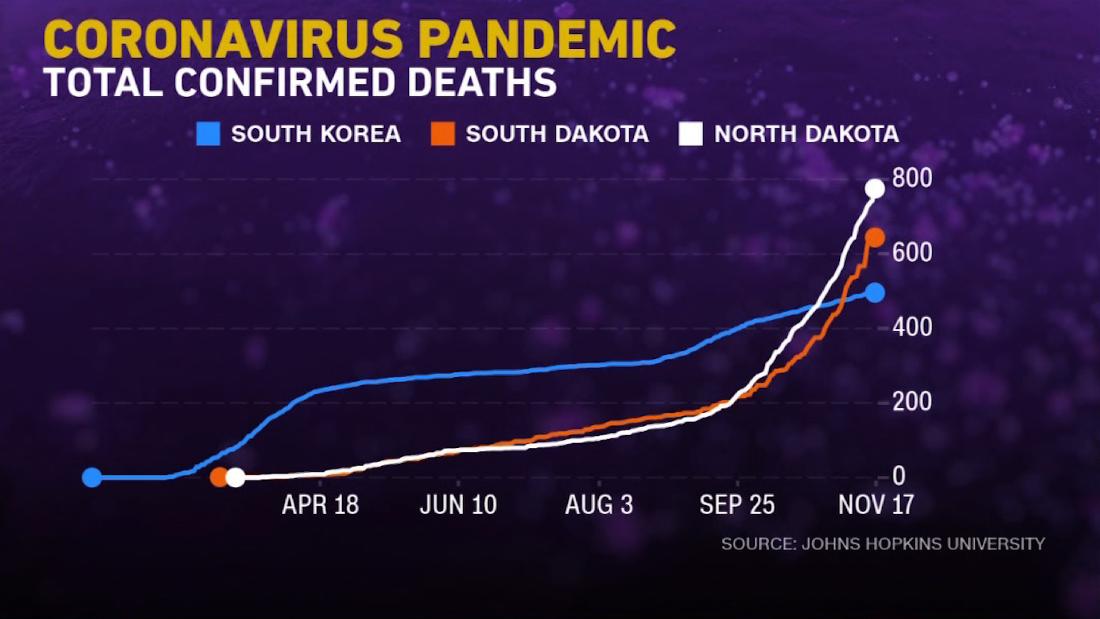No. This would only be true if the inevitable endpoint were herd immunity - if most of the population is ultimately destined to be infected sooner or later, a lower mortality rate is good news. But we now know we are months away from an effective vaccine. More infections implies a greater likelihood that the disease will spread more widely to kill everyone who it can kill before the vaccine is widely available.
Most of those infections are somewhat recent. There’s about a 2 week lag between symptoms and getting significantly ill, and it takes about 4 weeks to kill someone. (often longer.) So no, it’s not good news. It’s a preview of coming bad news.
Every thread could use a little Dolly, IMO:
I’m not sure I’m convinced that is true. If we have a population of (1) people who have COVID and know it and (2) people who have COVID and don’t know it, I expect the fatality rate to be significantly higher in group (1) than in group (2); even if these are current infections.
Put another way, these ‘don’t know it people’ should be largely represented by asymptomatic carriers, which we’ve known about for months.
That doesn’t change the fact that there is a typical delay of 3 or so weeks between surges of new cases and surges of deaths. Since Texas is not anywhere near 3 weeks post-new-case peak, the deaths are still expected to increase over the next several weeks at least (and perhaps longer if this isn’t the end of this wave’s peak).
I think I’m talking about different things. “New Cases” versus “Hidden Cases”
New case rates are going up. That is decidedly bad. So yes, fatalities in Texas are expected to go up because the new case rates are up. This is group (1), the cases we know about. I’m not arguing about the badness of group (1).
The article cited stated that hidden cases are higher than previously thought. That is not nearly as bad as a the surge in new cases. My assertion is that part of the reason we don’t know about these hidden cases is because the cases are mild or asymptomatic, which isn’t the most terrible thing.
Public policy-wise, yeah, more asymptomatic carriers running about is more likely to spread even more, but we are already knew asymptomatic carriers was a thing. Everyone should be treated as a potential asymptomatic carrier, which has been the case for several months.
But the problem is, especially in Texas, everyone is not being treated as an asymptomatic carrier. They’re behaving, and being treated by others, as known healthy non-carriers.
And as a result, they’re fully participating in the exponential log-rolling. But sub rosa.
The state of South Australia has just entered a (hopefully) one-week ‘circuit-breaker’ lockdown, after a small cluster of cases were detected in Adelaide.
This will be interesting to follow, because they’re very early - they have evidence of the cluster itself spreading faster than they can track and isolate, but they don’t yet have evidence of community transmission. They’re skipping the unsuccessful postcode-based isolation that Melbourne tried back at the start of our cluster, and going straight to “everyone stay home for a week” in order to try to prevent the dragging weeks and weeks of lockdown we went through over here.
We’ll see if this works okay in a week or so…
…it is dangerous, especially in the face of a deadly global pandemic, to make simplistic assumptions based on a single data point from a single geographical area, especially when that data that is taken out of context, is only an estimate, and the situation is rapidly changing.
Have a listen to former Minnesota state Rep. Nick Zerwas (Republican); he is recovering from a COVID-19 infection:
It’s a map from the CDC showing the COVID-19 case rate reported to them in the last 7 days.
The map immediately grabbed my eye when I saw it. I thought to myself that a cynic might say: “That map clearly shows rings of pestilence, sorrow, and death emanating pretty much exactly from Sturgis, South Dakota.”
A different cynic might say “Holy fuck! It’s like a god damn bullseye!”
But I’ll just note that it’s an interesting map.
Wow, that was pretty powerful. Thanks for posting.
The difference between how Trump’s super spreader events and Sturgis is time spent at the event and beer.
(And not much clothes, lots of sweaty hugs and kissing and screaming and sex (probably unprotected) in slightly inappropriate places) Good times before the world ended.
The AP posted a similar map the other day; turns out they keep updating it too:
https://interactives.ap.org/embeds/Ow74t/22/
And yeah, the first thing I thought when I saw it was “hey; that’s centered right around Sturgis!”
I posted something similar in the Sturgis thread a week ago.
Check this out:

Good job, Dakotas!
With a combined population of about 1.7 million, you have more than 3 times as many dead as all of South Korea, a country with a population of over 50 million!
56,563,840 total cases
1,354,806 dead
39,352,261 recovered
In the US:
11,873,727 total cases
256,254 dead
7,166,996 recovered
Yesterday’s numbers for comparison:
This has been the top story on the AP pretty much all day today:
Some headlines to go along with the chart.
In North Dakota
I wonder what she feels is the reason is for the rise of cases in South Dakota. According to her, it isn’t the lack of an early lockdown or her refusal to have a mask mandate.
